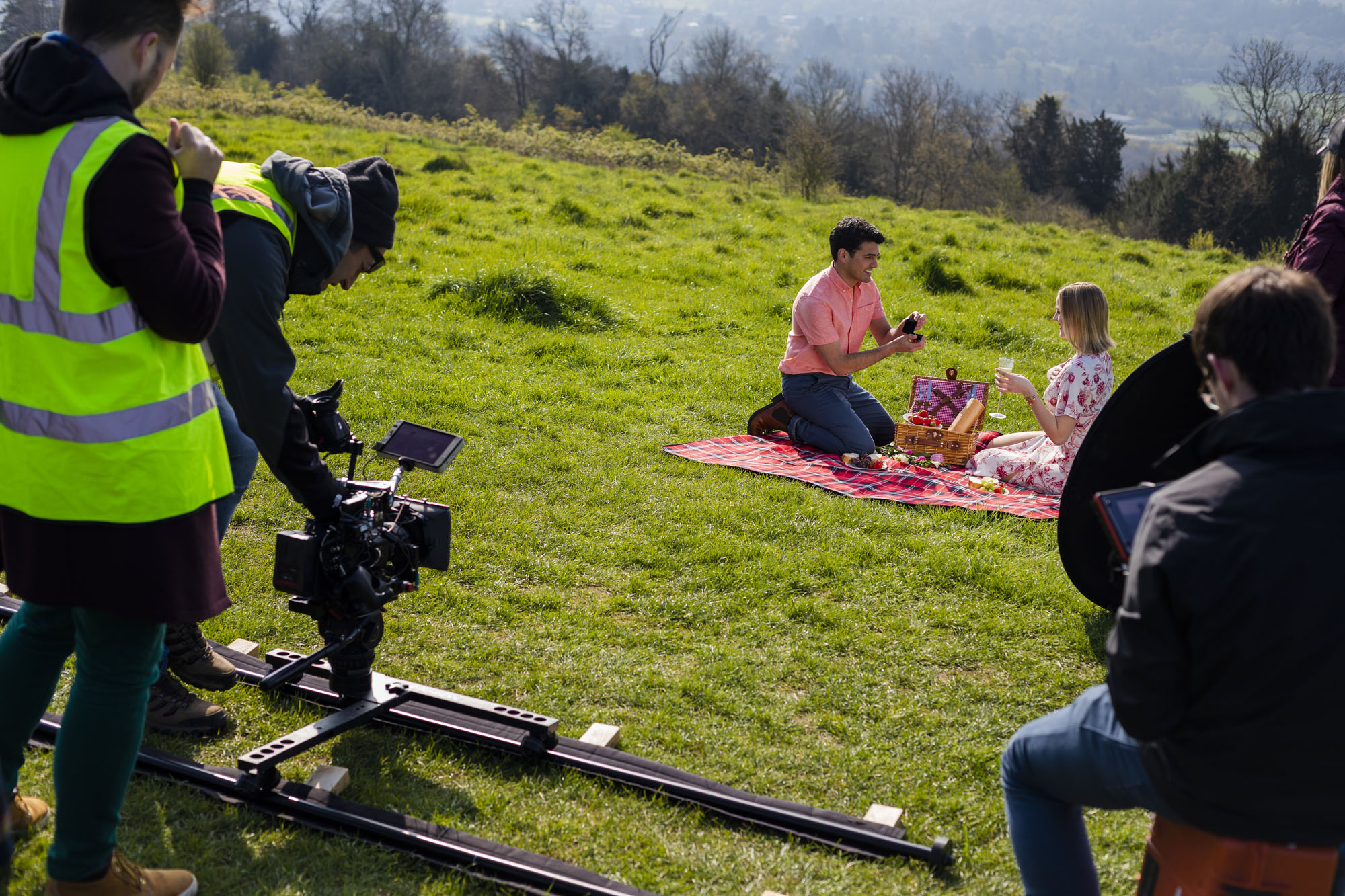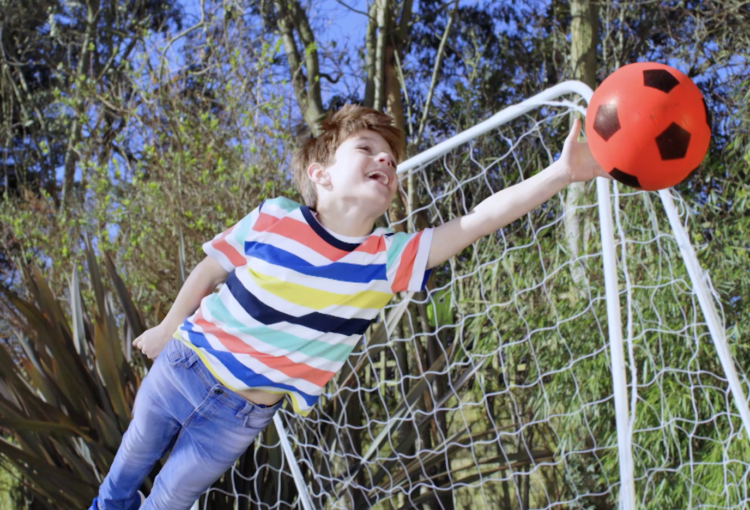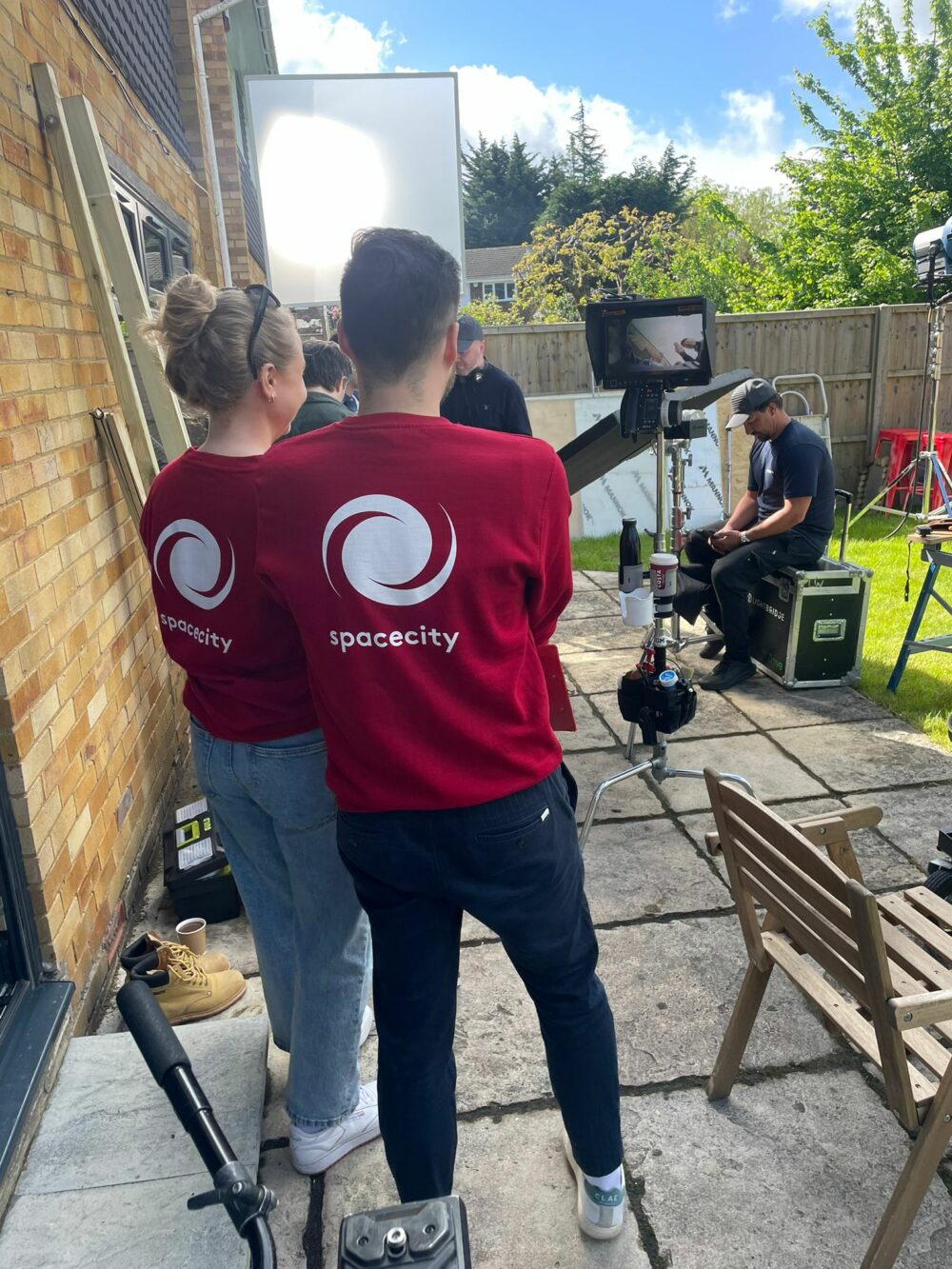One of the UK’s leading BRTV agencies
Emotional storytelling is the key to capturing both your audience’s hearts and their loyalty. Our BRTV advertising services are focused on building brand awareness and generating a response, in contrast to DRTV advertising which is focused solely on generating an immediate response from viewers. At Space City, we’re experts in creating brand adverts that create a long-lasting emotional impression on your audience while driving immediate action.
Contact usChat to one of our BRTV experts
We’re all set to launch your brand into the hearts and minds of your audience. Grow your brand with an unforgettable BRTV campaign now.
How we make successful BRTV ads
Successful BRTV adverts creating a lasting impression and connection with your brand, as well as driving your desired action. At Space City, we use three key key components to create an unforgettable ad:
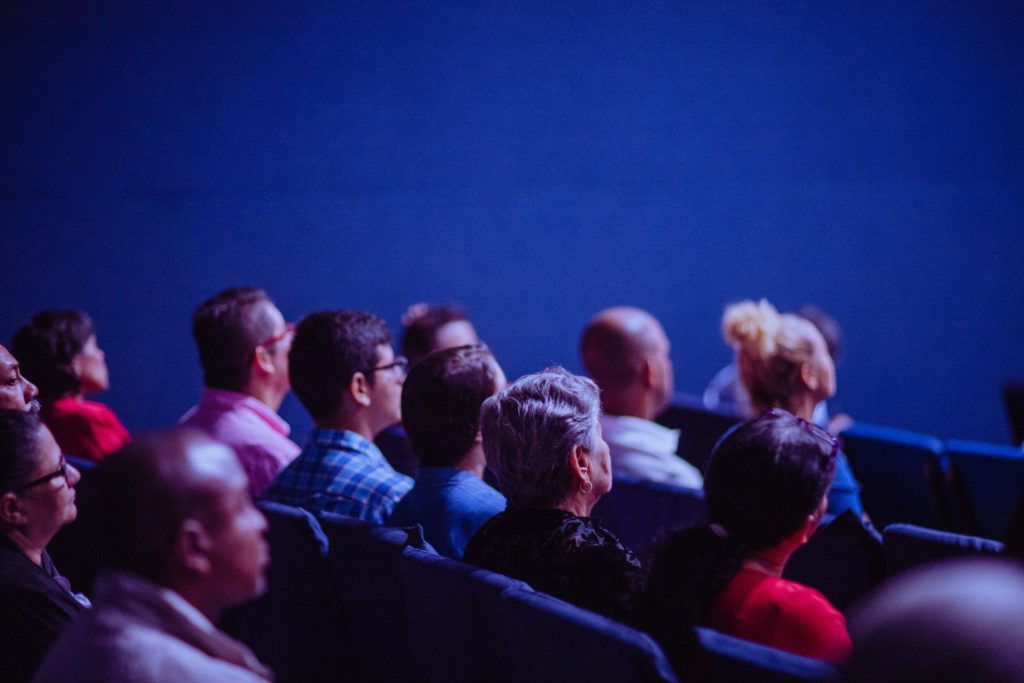
Understand your audience
We’ll conduct research into your target buyers and dig deep into what resonates with them. Research shows purchase decisions are made on emotion first, then justified with logic later – think about the lifestyle Apple users aspire to, they’re buying into a lifestyle, not simply buying a phone. Understanding your audience is key.

Use emotive storytelling
Remember the joy viewers had watching a gorilla effortlessly tear it up on the drums for Cadburys? The early intrigue as it closed its eyes, in the zone, ready to let rip. The subtle hints of tension as its nostrils flared while taking a deep breath. And the cathartic crescendo as the beat dropped and it kicked out the famed Phil Collins In The Air Tonight drum climax. This all comes down to detailed storytelling and taking the user on a journey.
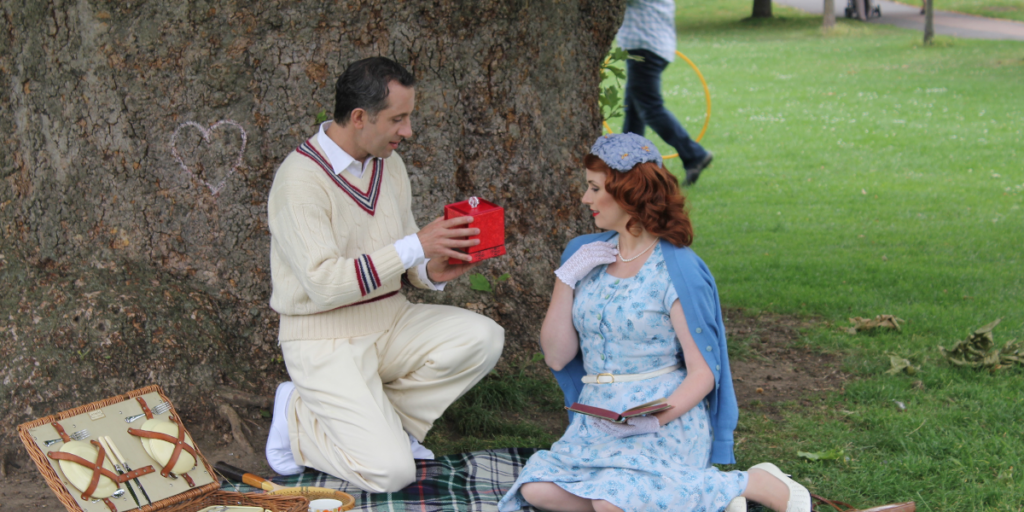
The resolution and call to action
BRTV ads need to subtly balance the transition between storytelling and sales. The moment of the transition should feel organic and rewarding to the audience. Think about John Lewis’ Christmas 2014 advert about a boy with a loveable imaginary penguin friend. The bond between them is strong, however, ultimately the lonely penguin needs a mate. The story climaxes with the boy opening up his Christmas presents to find two stuffed penguin toys, creating a natural and aptly emotional resolution, reinforced by the message, “Give someone the Christmas they’ve been dreaming off.” The call to action then highlights John Lewis’ online store. It feels natural, satisfying, and simply perfect.
Client involvement
You are invited to be as hands-on or uninvolved as you like throughout this process – although we do advise if we are shooting content for you that a member of your team be present to ensure everything is just as you imagined.
FAQs
What does a BRTV advert look like?
These commercials are typically short, snappy and use some techniques similar to traditional branding commercials. The response element is still of paramount importance, so they commonly run to just 30 seconds. BRTV ads tend to take a softer and more creatively memorable approach; the aim is still to sell but with less of a ‘hard selling’ style, relying more on emotional storytelling.
What’s the difference between BRTV and DRTV?
BRTV stands for “Brand Response TV” and refers to a type of advertising that aims to build brand awareness while also generating a response or action from viewers. In BRTV advertising, the focus is on creating a memorable and engaging message that encourages viewers to remember the brand and take some sort of action, such as visiting a website or making a purchase.
DRTV, on the other hand, stands for “Direct Response TV” and refers to advertising that is specifically designed to generate an immediate response from viewers. This type of advertising typically includes a call-to-action, such as a phone number or website, and encourages viewers to take action right away, such as making a purchase or requesting more information.
In summary, BRTV advertising is focused on both building brand awareness and generating a response, while DRTV advertising is focused solely on generating an immediate response from viewers.
How do you measure the effectiveness of a BRTV campaign?
BRTV aims to generate brand awareness and a direct response from your audience. This can be measured using a range of metrics, including:
- brand recall
- brand recognition
- brand association
- social media likes, shares, comments, and views
- website visits
- leads generated
- sales
- revenue generated
- ROI
- cost per lead
- cost per aquision


